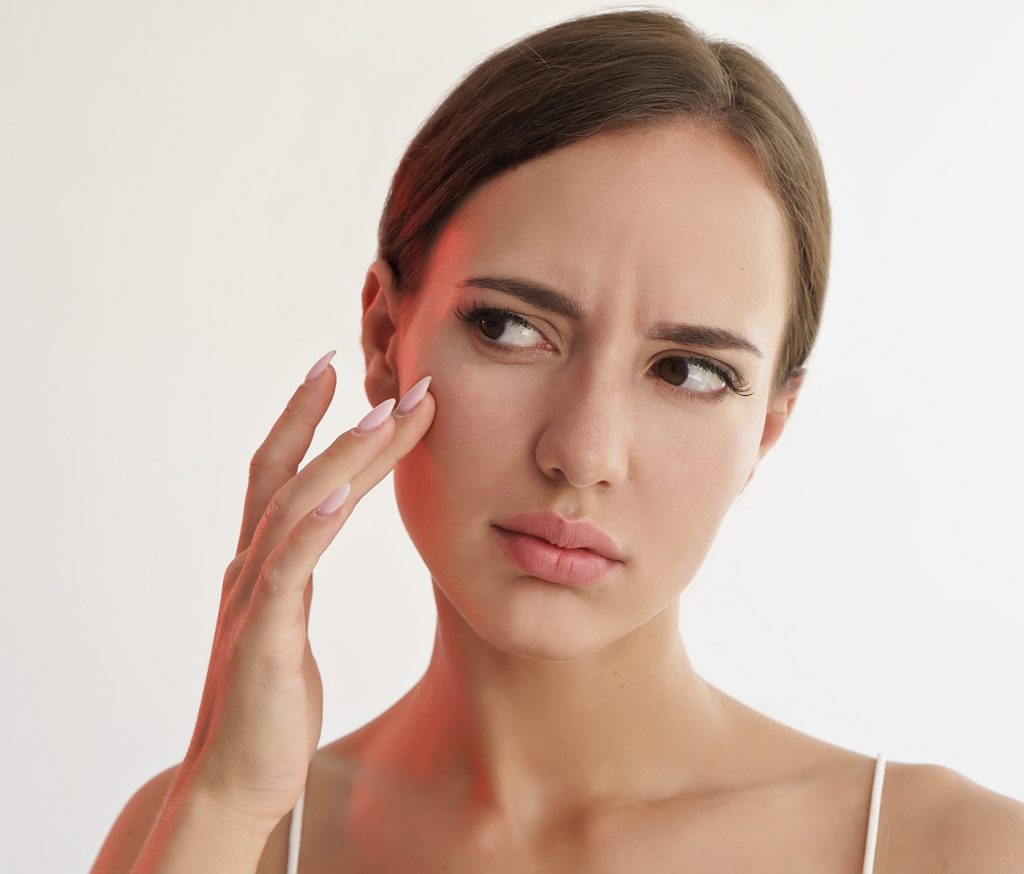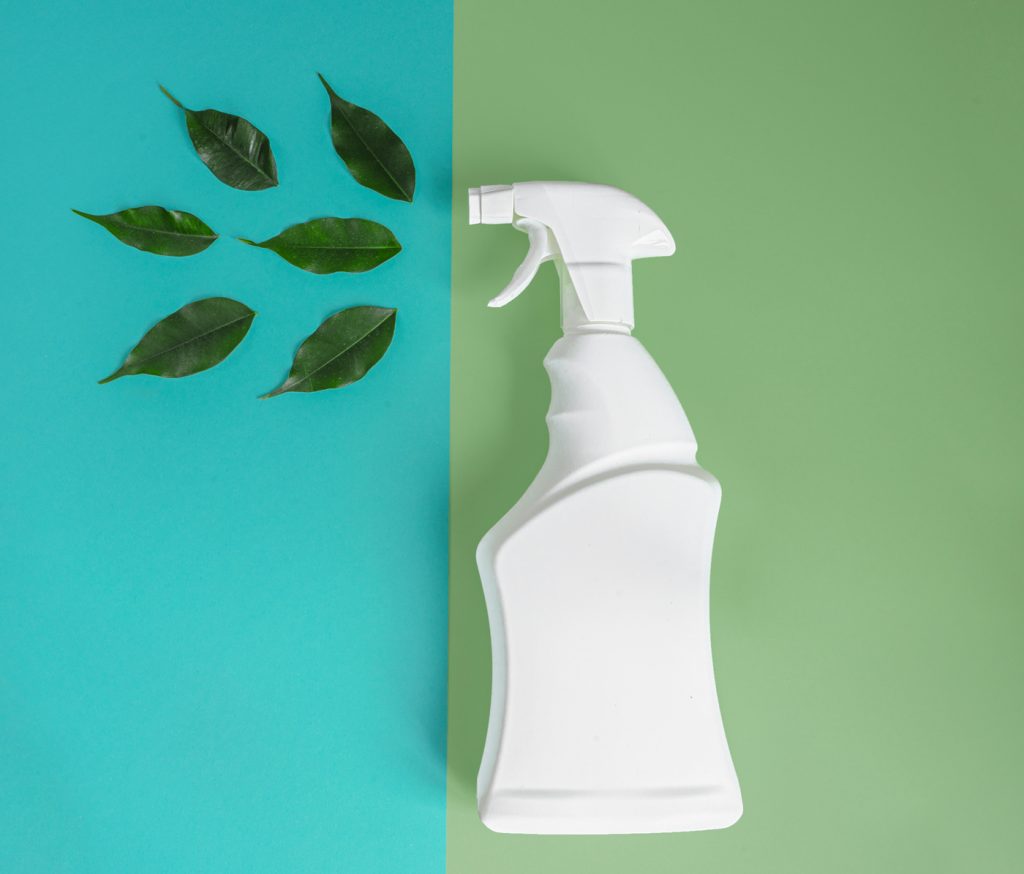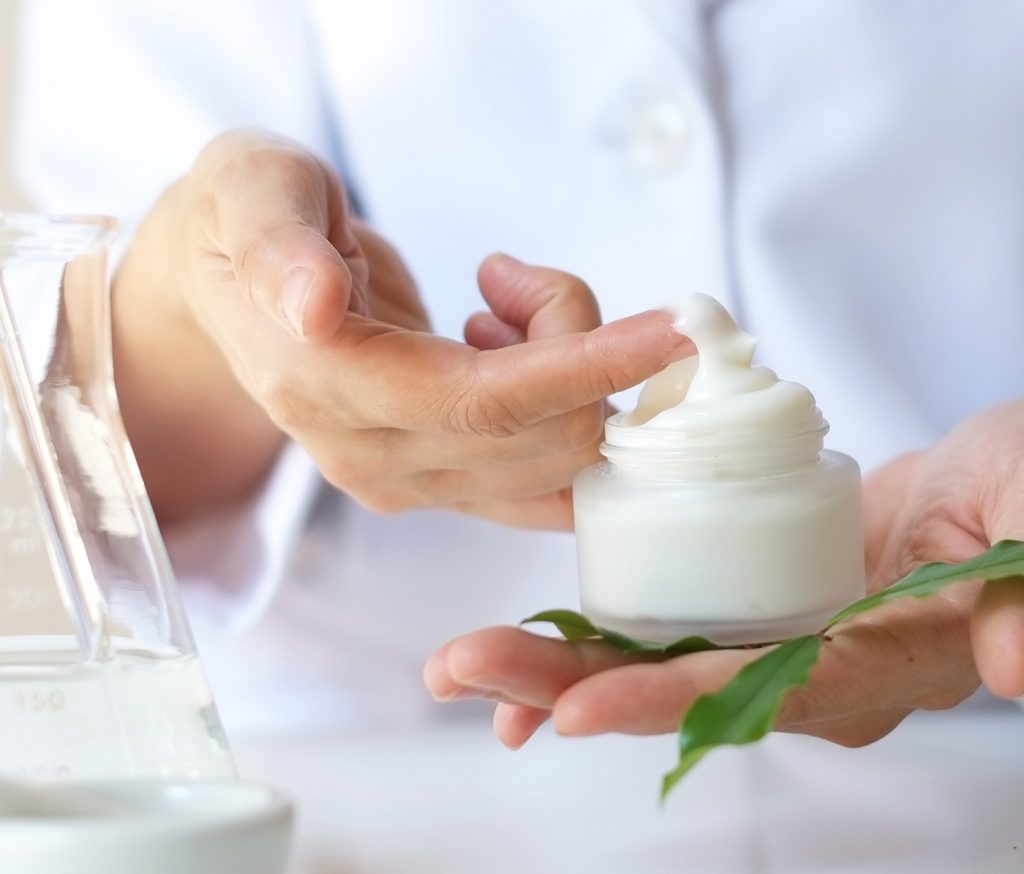
In recent years, there has been a significant increase in cases of nickel allergy, but what exactly is nickel? Where can we find it?
Nickel is a silvery white metal, part of the iron group. It can be found in soil, water and even in the air, i.e. practically everywhere. Because of its constant presence, severe allergy sufferers do not have an easy time of it. Depending on the degree of severity of the allergy diagnosed, they must make an effort to avoid eating, touching and even using anything containing it.
Nickel in cosmetics
As we said before, this metal is present in most of the elements around us. But is it really present in cosmetics?
In reality, its potential presence is due to the manufacturing process of the cosmetic itself, through the industrial machinery used for production, which is often steel turbo-mills. It has not been added as an ingredient by the cosmetics industry. In fact, heavy metals are part of Annex 2 of the Cosmetics Act, which contains the list of substances banned in the cosmetics world.
What do “nickel tested” and “nickel free” mean?
There is no regulation requiring manufacturers to test or declare whether their products contain nickel residues. As a result, very few cosmetics companies carryout specific tests to ensure that their products are free of contamination and therefore offer consumers a greater sense of security.
The cosmetics companies that carry out these tests label their products with the words “nickel tested” and the result of the test, e.g.< <0.00001%. This indication on the product packaging shows that the cosmetics have been tested and the results obtained are below the detectable limits. This does not completely rule out the possibility of an allergic reaction, but it does indicate that the risk is considerably low.
Other products, on the other hand, are labelled “nickel free” or “zero nickel”: these claims are illegal. This is because there is a limit of uncertainty in the detection method which makes it impossible to claim that nickel molecules are totally absent from any cosmetic. The phrase “nickel free” is therefore misleading and the law prohibits its use on labels.
All San.Eco.Vit products are nickel tested with the goal, always achieved, of having less than 1 PPM of this metal
Products suitable for nickel allergies
San.Eco.Vit cares about its customers, which is why it offers a wide range of products that are suitable for all those who are allergic to nickel:
- Shampoos
- Cosmetics
- Bath Foam
- Face cosmetics
- Cleansers
Cosmetics without nickel and parabens
Parabensare another ingredient to avoid.These chemical elements are often used in traditional cosmetic products as preservatives.
Many studies have shown that these elements have their own toxicity, which is why the European Union has banned the use of 7 of them. We therefore urge you to take care of your skin and, in addition to looking for “nickel tested” products we recommend that you choose products that use preservatives that are more respectful of you and of the environment.
In line with its love of nature and personal care that respects the skin and health, San.Eco.Vit does not use parabens but only preservatives permitted by the main eco-biological cosmetics standards.

